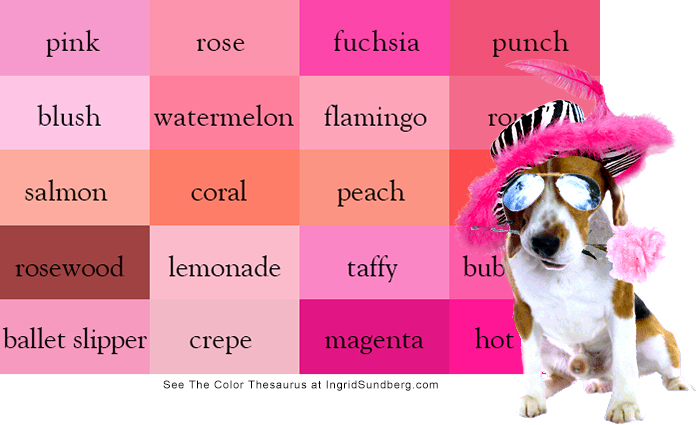My most successful ads in 2019 were the ones where I refrained from using logic, but chose instead to speak to the unconscious mind.
Advertise your product to the conscious mind of a customer and you will likely be met with doubt, disinterest, and suspicion. But the unconscious mind greets you with none of these.
Speaking to the unconscious is not nearly so complicated as it sounds.
Here’s a recent example. A big jewelry store asked for an ad that would trigger interest in their custom-design department. The instructions I was given were typical of the instructions received by most ad writers: “Custom Designed Jewelry – Our jeweler can make just about anything from custom engagement rings, wedding bands, pendants, etc. – Let us know if you need more information about our services.”
These were the thoughts that ran through my head:
- Custom-designed jewelry is the answer to a question that few people are asking. Consequently, it is not a felt need.
- But plenty of people would love to a have a distinctive, one-of-a-kind, “signature” piece of jewelry.
- If I speak directly to the issue by describing how “our talented designers can design distinctive, one-of-a-kind, signature pieces of jewelry for any special occasion… custom engagement rings, wedding bands, pendants, whatever you like,” people are just going to groan and roll their eyes because they will be seeing nothing in their mind, and experiencing no associative memories.
- Therefore, I’m going to have to come at this from an unusual angle and attempt to trigger positive, associative memories in the unconscious. (An associative memory is a memory that is linked to another memory.) If I am successful, these associative memories will inspire the curiosity of the customer to begin considering possible options.
Here is the 30-second script that sprang from those musings:
ROY: Watermelon green and red,
SARAH: Honey gold,
ROY: Tart lemon yellow.
SARAH: Apricot orange.
ROY: Blueberry blue.
SARAH: Mulberry purple.
ROY: And the pink of a perfect peach.
SARAH: All the colors of nature can be found in gemstones.
ROY: Choose a twinkling tint
SARAH: or a shimmering shade
ROY: as your own, signature color
SARAH: to sparkle forever in your one-of-a-kind
ROY: custom-designed
SARAH: jewelry.
ROY: All the colors of wildflowers
SARAH: glimmering and shimmering in the morning sun, are yours…
ROY: at NAME OF STORE, LOCATION
© Roy H. Williams, 2020
People who hear that ad will ask themselves, “What would my signature color be?” And without intending to, they will begin imagining a custom-designed piece of jewelry.
Few of these people, if any, will consciously consider that each of the colors named in the ad has a flavor, or that the yellow mentioned was “tart,” or that it followed “honey.” Honey and lemon is a famously soothing combination.
Likewise, few will notice the mesmerizing rhythm of the two voices finishing each other’s sentences. This is known among writers as “meter,” and it is how the written and spoken language becomes musical.
Colors, flavors, and music speak to the unconscious mind and trigger rich, positive associations.
How does one resist a field of wildflowers glimmering and shimmering in the morning sun?
“What do fruits and wildflowers have to do with selling custom jewelry?” you ask.
“Everything,” I answer.
Everything.
Roy H. Williams
PS – If you enjoyed today’s memo, you definitely want to see page two of the rabbit hole. Just click the image of me at the top of this page and you’re in. – Indy Beagle
 It’s often an employee you trust the most who turns out to be untrustworthy. Employee fraud and embezzlement cost American companies $50 billion annually, much of it stolen from small business owners. This week, three experts on employee theft – an investigator, a litigation attorney, and a prosecutor – join roving reporter Rotbart for a panel discussion on how to prevent, detect, and respond to dishonest employees. The discussion begins the moment you arrive at MondayMorningRadio.com
It’s often an employee you trust the most who turns out to be untrustworthy. Employee fraud and embezzlement cost American companies $50 billion annually, much of it stolen from small business owners. This week, three experts on employee theft – an investigator, a litigation attorney, and a prosecutor – join roving reporter Rotbart for a panel discussion on how to prevent, detect, and respond to dishonest employees. The discussion begins the moment you arrive at MondayMorningRadio.com
